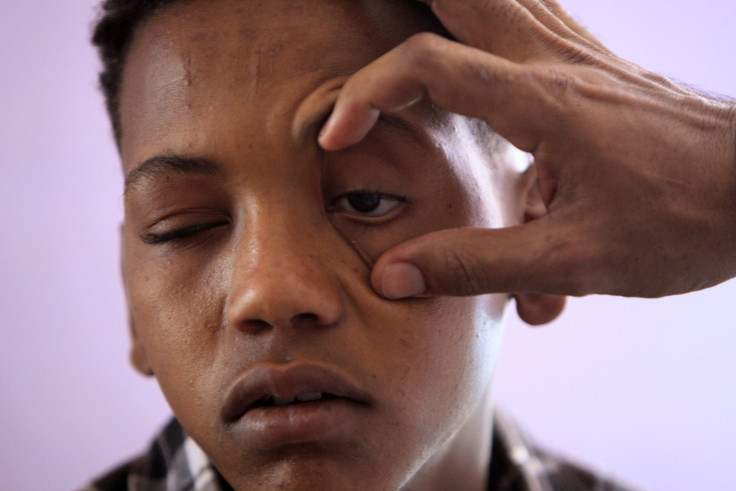Eye Examinations May Be Able To Detect Whether Your Doctor Is Too Tired To Work

Doctors get a lot out of their profession: They save a life, help manage patients’ physical and mental needs, and make discoveries on how to cure or treat various illnesses. But these benefits also have drawbacks, with doctors enduring day-long shifts and high amounts of pressure to get the job done right, making it easy for medical errors and slip-ups to take place.
One of the factors behind many of these errors is fatigue, which is reported to be a common cause of many medical accidents. The cost of these mistakes is estimated around $31.1 billion in the United States. Now, an international team at the University of Grenada in Spain has created a test, which it claims accurately and objectively can measure the levels of fatigue that a doctor feels simply by examining the movement of his or her eyes.
The team, which published its results in the journal Annals of Surgery, tested doctors in the Traumatology Service at St. Joseph's Hospital and Medical Center, Phoenix before and after their 24-hour shifts in which each one went with no sleep. The test examined saccadic eye movement, also known as fast eye motion, and required each doctor to perform simulated laparoscopic tests, a common surgical technique, according to a press release.
The results found that while levels of fatigue increased with slower saccadic eye motion, no noticeable decrease was found in the ability to perform the simulated surgical procedure, an assessment which supports the belief that there are other errors besides fatigue that impact a medical professional’s ability to work.
"It is also true that those other professional competence resources can do little when there is an excess of working hours, and consequently those results are fundamental to contribute to the regulation of shifts and schedules, based on objective data on fatigue and performance," Leandro Luigi Di Stasi, a Fulbright researcher at the Barrow Neurological Institute in Phoenix, and Director Andrés Catena from the Centre for Research on Mind, Brain and Behavior at the University of Granada both suggested.
The test, though, does not eliminate the fact that medical mishaps do occur frequently and can create steep financial woes for doctors and hospitals, landing them in court over medical lawsuits along with stigmas that may hurt their reputation among potential patients and colleagues. Fatigue has been identified as the most significant influencer behind accidents in the workplace among doctors, and the test also calls in to question how long doctors can work before putting the safety of their patients at risk. Residents in America, for example, work up to 80 hours a week compared to French and Spanish residents who work 40. Long work hours and overtime has become a common trend among residents, according to the press release.
"The study of fatigue as a factor that contributes to the prevention of errors in the health system has become one of the main topics in risk management within this context," Di Stasi and Catena said.
The research and outcomes in the study can also be used to assess other professions that experience long work hours, especially those that are highly tech savvy and complicated.
Published by Medicaldaily.com



























